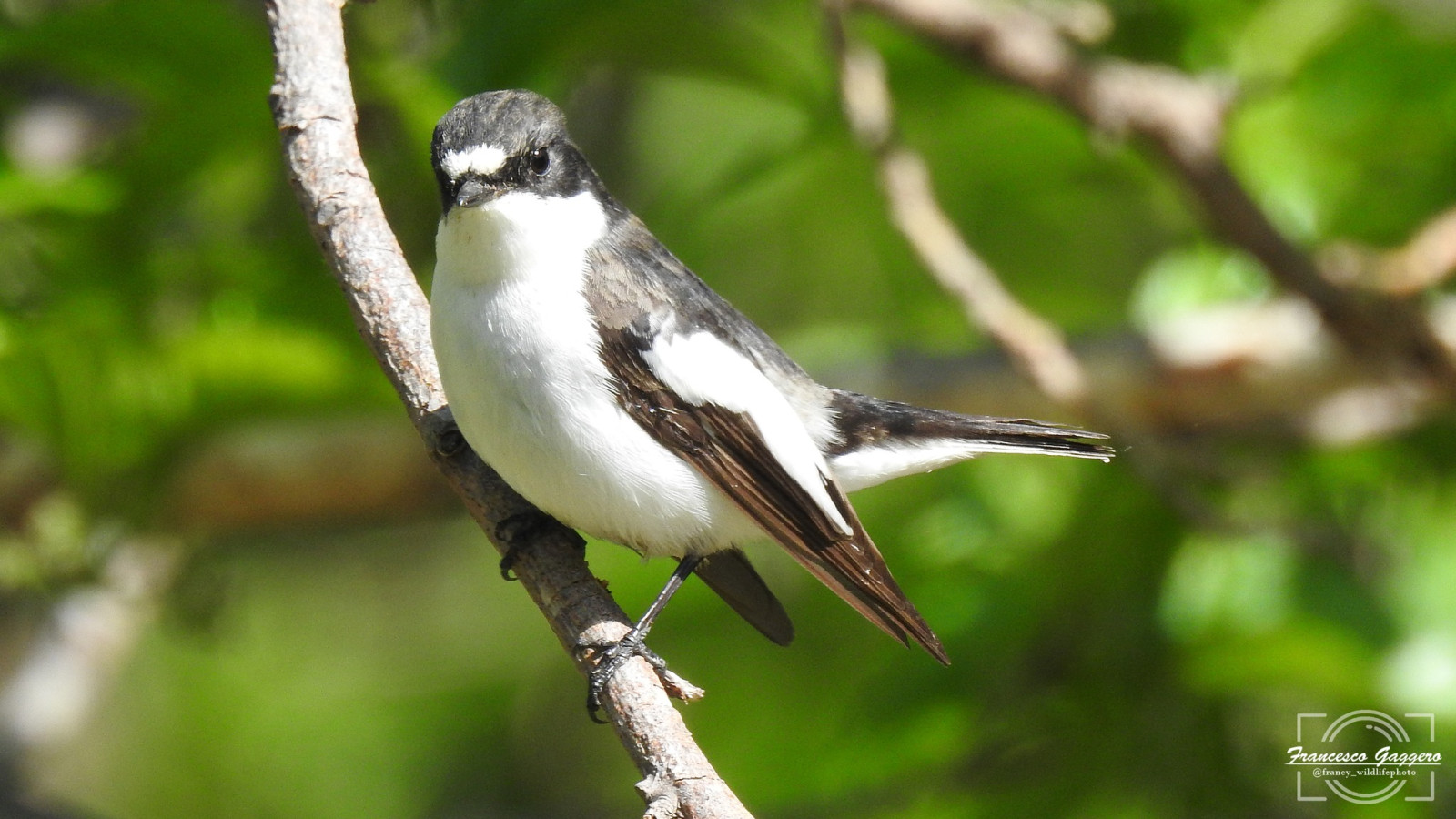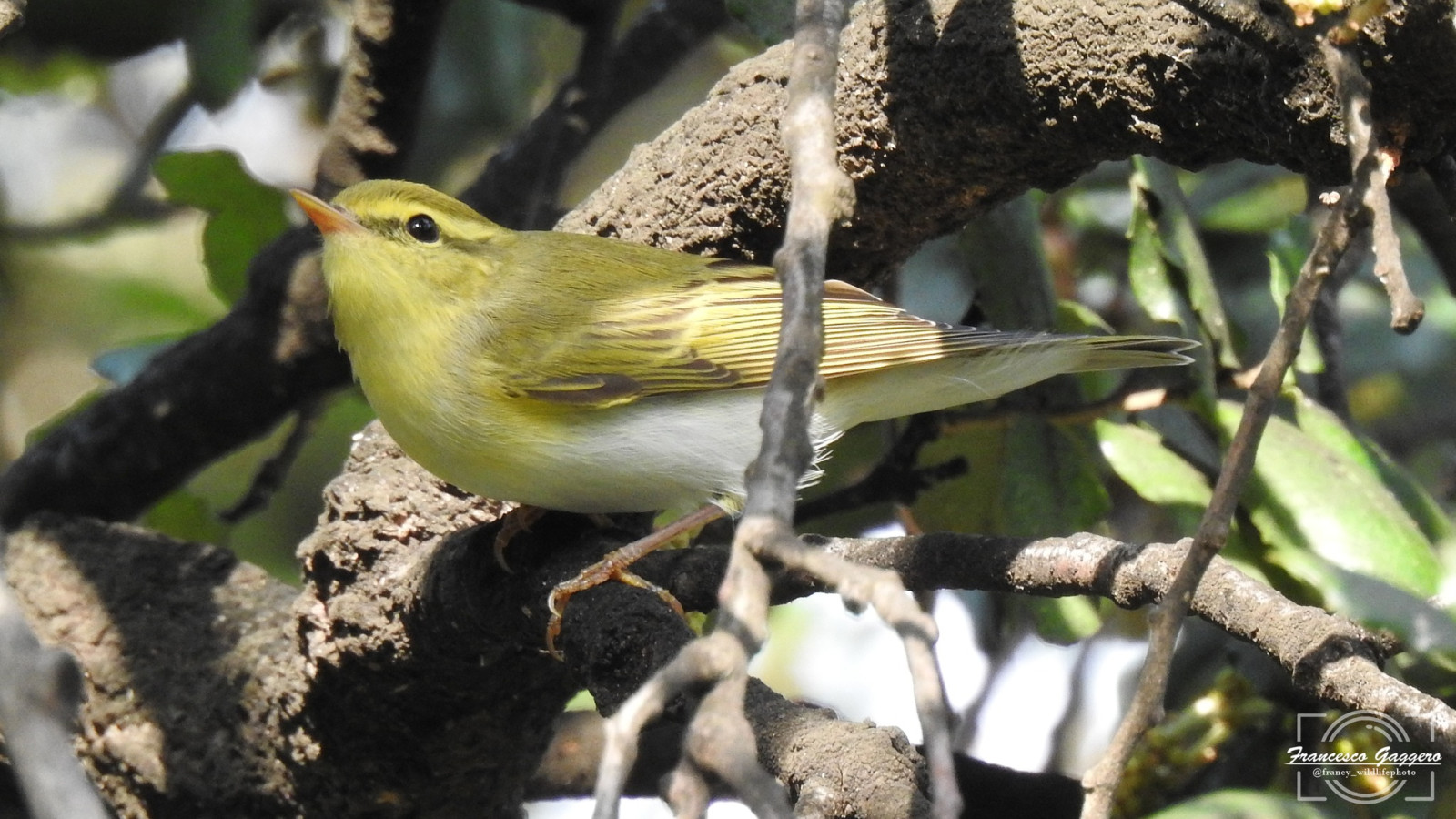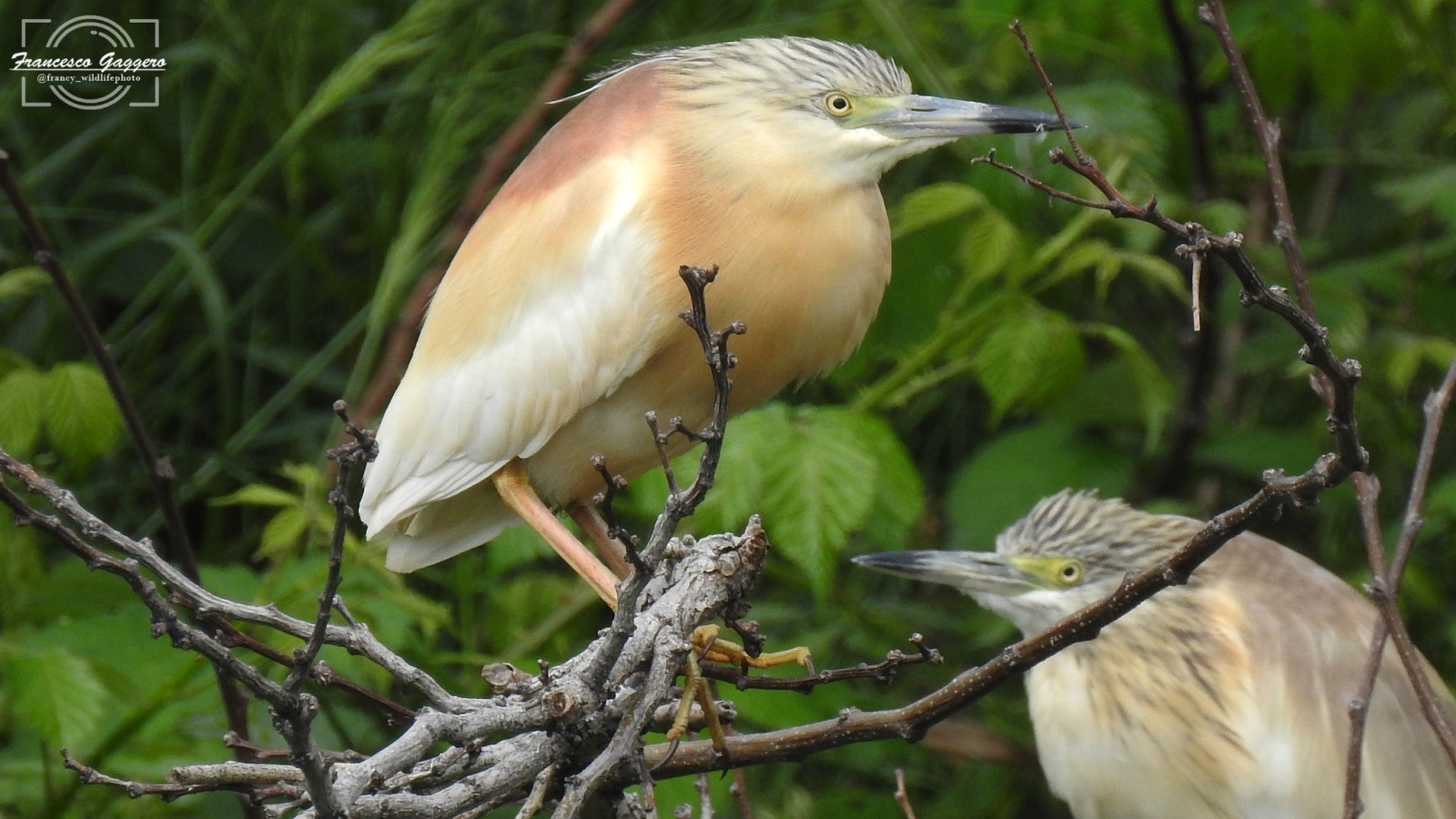Charger images
Les formats d'image autorisés sont de type jpeg, png ou gif
La taille maximale du fichier doit être de 20MB



Small urban park with a high variety of vegetations that is a stop for migrant passerines during spring migration. The canal is a nice spot for waterfowl.
Fascia di Rispetto di Genova Prà. In winter and summer this park is not worth a visit since only common and urban birds are present. Rougegorge familier, Merle noir, Corneille mantelée, Choucas des tours, Goéland leucophée, Verdier d'Europe, Bergeronnette grise, can be found throughout the year. Faucon crécerelle is present too but less common, and a Perruche à collier colony is now stable. During spring migration this place turns into a targeted stop for trans-Saharan passerines. You can find Tarier des prés, Gobemouche noir, Rougequeue à front blanc and Gobemouche gris perched on top of lampposts, stakes and benches while birds like Fauvette grisette, Fauvette passerinette and Fauvette de Moltoniare hidden inside bushes, or eat bugs on top of trees such as Quercus ilex or Quercus suber, together with Rousserolle effarvatte, Rousserolle verderolle, and other acrocephalus birds. The latter is particularly appreciated from insectivorous birds. Some years ago it was possible to see up to eight or nine different species, moving from branch to branch. On top of one tree I personally saw Rousserolle effarvatte, Rousserolle turdoïde, Phragmite des joncs, Fauvette des jardins, Hypolaïs polyglotte, Hypolaïs ictérine, Fauvette grisette, Fauvette de Moltoni, Fauvette passerinette, and other birders saw Fauvette babillarde, Pouillot siffleur and Torcol fourmilier. A noteworthy species to mention is the Petit-duc scops , but it was seen only once, resting on a tree.
Pie-grièche à tête rousse and Pie-grièche écorcheur stays on shrubs and are a regular presence during spring migration, together with Rossignol philomèle, whose beautiful song can be heared. On the grass you may find Bergeronnette printanière of different subspecies (flava and cinerocapilla the commonest among the others) and Torcol fourmilier. If you are really lucky also Bruant mélanocéphale can be found in late May/early June (1 the 2012/06/29, 2 (m+f) the 2013/06/1-2). Needless to say, the sky is covered with migrant Guêpier d'Europe, Hirondelle rustique, Hirondelle de fenêtre and Martinet noir and for this reason Faucon hobereau can be observed. Also Faucon kobez is a regular presence.
Irregular and vagrant species need to be included too:
- during pandemic a Rollier d'Europe was seen on a lamppost (2020/05/28). It was the first sighting of Coracias garrulus in the park, but in the upper hills the species is a regular migrant (6 together in May).
- Étourneau roselin may occur during its periodical invasion in late May. They can be seen feeding on mulberries or sour cherry trees. (2018/05/29)
- a Bruant nain was seen 2018/04/16. Emberiza pusilla is a vagrant bird in Liguria region.
The surrounding area is noteworthy too: from the canal wooden bridge you may see Blongios nain (regular presence) and Héron pourpré. Other heron species like Héron garde-boeufs, Héron cendré, Grande Aigrette fly in formation above the canal and the city. The canal, which full name is Canale di calma di Pràm is a nice spot also in winter. Plongeon catmarin is a regular winter species, and Macreuse brune was a special guest during December 2017. Also, Mouette rieuse, Goéland leucophée are present.
The area near the ecological island is a real hidden gem, having hosted migrant passerines such as Bruant ortolan (more than five together!), Phragmite des joncs, Pipit des arbres, Bergeronnette printanière, Faucon kobez, Faucon hobereau, Fauvette grisette and also a pair of Faisan de Colchide during pandemic. You can make a stop here, but I doubt this place will host again such a wide variety of species. May is the perfect month to admire Bondrée apivore migration: if you are lucky enough and the wheather condition is good, you can sit on the park bench and see flocks of raptors flying above the city. Also, Milan noir, Circaète Jean-le-Blanc and Aigle botté are regular migrant raptors that you can spot from March to May.
The park is accessible by car and by bus. There are two car parks, one at west and one, bigger, at east. There are also 2 near bus stops.
Votre feedback sera transmis à l’auteur.rice de cette zone et à l’équipe éditoriale de Birdingplaces, qui l’utiliseront pour améliorer la qualité des informations. (Vous souhaitez publier un commentaire visible en bas de page ? Fermez cette fenêtre et choisissez l’Option 1 : « Publier un commentaire, un conseil ou une observation ».)
Veuillez fournir des suggestions d'améliorations ou d'ajouts au texte de ce site ornithologique.
Veuillez fournir vos suggestions d'améliorations ou d'ajouts à la carte.
Veuillez fournir des suggestions d'améliorations ou d'ajouts à la liste des oiseaux.
Cliquez sur l'icône de l'oiseau () Insérez les noms d'oiseau dans votre langue. Ils seront automatiquement traduits pour les autres usagers !